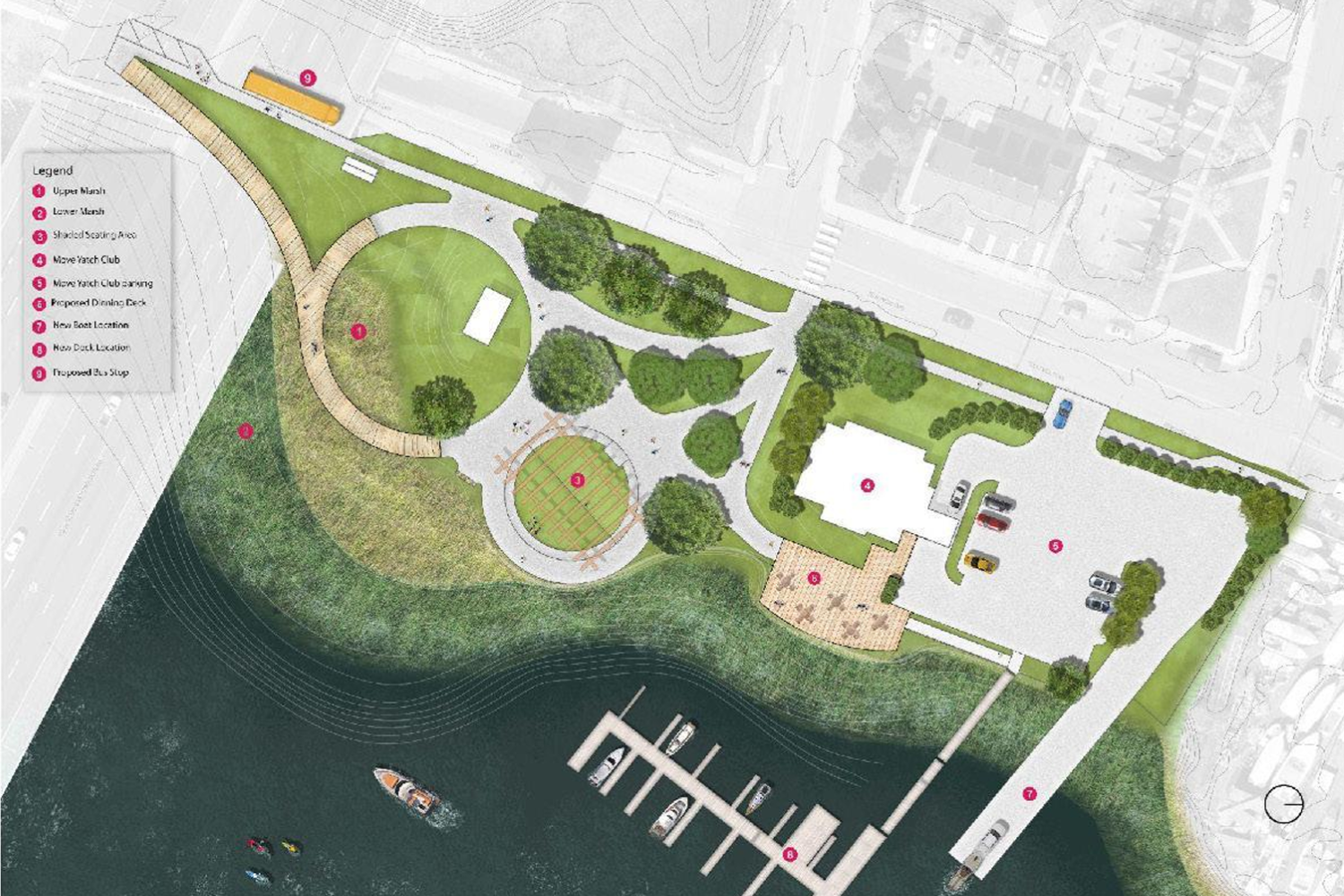Not long after students celebrated their graduation from the UConn School of Nursing this past May, they traded their caps and blue gowns for masks and medical gowns on the front lines of the COVID-19 pandemic.
But there was a moment in 2020 when the School’s administrators worried that undergraduate students would not have enough hours of experience to graduate and qualify for their licensure exam. Hands-on learning opportunities at local health care facilities were hard to come by for a while, as facilities were stretched thin battling the virus and could not host students.
“We were in close contact with the Board of Examiners for Nursing in 2020, keeping them up to date on students’ progress,” says Dean Deborah Chyun. “By December, the Board allowed us to graduate our Certificate Entry Into Nursing Program students with a minimum of 850 clinical hours each. Our students ended up averaging 872 hours each, with an average of 40% of those hours in the Clinical Simulation Learning Center.”
That high-tech learning center is housed within the Widmer Wing of Storrs Hall, and includes simulation manikins that have the ability to mimic a number of real-life human processes. The center provides undergraduate students a location to transfer knowledge from theory to practice.
“We increased the number of hours that students participated in medical-surgical and behavioral health simulations,” says Valorie MacKenna, director of simulation-based education for the School. “We used the hours that they earned here to ensure they had enough clinical practice hours to graduate, all while practicing social distancing, with masks, personal protective equipment, and face shields.”
What started as a way to make sure students gained enough experience quickly became an exploration of how technology could advance the nursing curriculum — especially if students were quarantined and could not attend class in the simulation center in Storrs Hall.

“It was interesting how many remote or ‘tele’ simulation lessons that we did,” MacKenna says. “We would have some students here in the building and others under quarantine, so we set up laptops in the simulation lab and the quarantined students were able to watch their peers over WebEx and join the discussion afterward.
“Students at home would even speak to the patient through the computer. That became a creative way to keep them engaged even if they could not physically be in the building.”
Kelsey Byrne ’21 (NUR) had to quarantine for two weeks during the spring 2021 semester, when one of her friends tested positive for COVID-19, and attended her simulation classes virtually.
“I would tell the instructor, ‘I am going to assess their lungs,’ and then they would go up and listen and then tell me ‘There is a normal breath sound’,” Byrne says. “You had to explain everything you were doing, but going step-by-step helped me realize what I did and did not know.”
Evan Mitchell ’21 (NUR) discovered that verbalizing step-by-step instructions would help him on the nursing licensure exam. He had to quarantine twice during the fall 2020 semester due to COVID-19 cases in his apartment complex.
“The virtual classes took me out of my comfort zone,” Mitchell says. “But I realize now that some of the NCLEX questions are set up as a list of actions and you have to know the order.”
While hands-on learning with patients will always be the optimal experience for students, MacKenna says virtual simulation classes are the next-best thing.
“Every time we write a simulation, we incorporate communication, teamwork, delegation, decision-making, and all of those can be done in a distance setting,” she says. “We use what technology we have to bring the students who cannot physically be here to fully participate.”

MacKenna admits there were some growing pains learning how to use the technology available to them to its full potential, but overall it opened her eyes to what is possible.
“The pandemic allowed us to figure out all the things we can accomplish while not necessarily being in each other’s physical presence,” she says. “It is going to change the way we educate; change the way we learn.”
For the simulation center, MacKenna hopes that will mean introducing augmented or virtual reality technology and headsets. Nursing students could practice a variety of procedures and treatments in a simulated, immersive setting.
There are a few companies that are starting to develop nursing simulations. Students wear the headset, hold haptic devices, and are visually transported to an emergency department or patient room. MacKenna says the School of Nursing is exploring how it can incorporate such an experience into the curriculum.

“Students could work in small groups in the same virtual space,” she says. “There can be two or three of them in the same room, seeing the same thing, and working on patient care or assessments together. The handsets are so well-designed that when students are checking for a patient’s pulse, there is a little motor that vibrates and so they can count it. It is very interactive and thoughtfully designed to make it feel real.”
Augmented reality could even be used to supplement the equipment already available in the simulation center.
“You see the room that you are standing in, but the software overlays items that are not there,” MacKenna says. “It will overlay blood on a manikin, so we do not have fake blood on the floor, but the student wearing the headset sees the blood and the changes in the patient. If there is a type of equipment that we do not have in the room physically, the augmented reality software would allow us to add that into the vision or the view of the learner.”
If another pandemic strikes and students must socially distance again, there is even the potential that two or three students could wear headsets in their separate homes but view the same virtual reality scenario at the same time.
“If I learned anything this year, it is do not knock technology before you try it,” Mitchell says. “The biggest thing with learning is just seeing it first. Simulation allows you, in a safe environment, to practice hands-on skills that you may see only once every two weeks in the hospital. It helps builds confidence.”
“We want to go to the next horizon,” MacKenna says, “so that we do not have to be held prisoner to something like a pandemic. We can still educate by using the technology that is available.”
Follow the UConn School of Nursing on Facebook, Instagram, Twitter, or LinkedIn.



